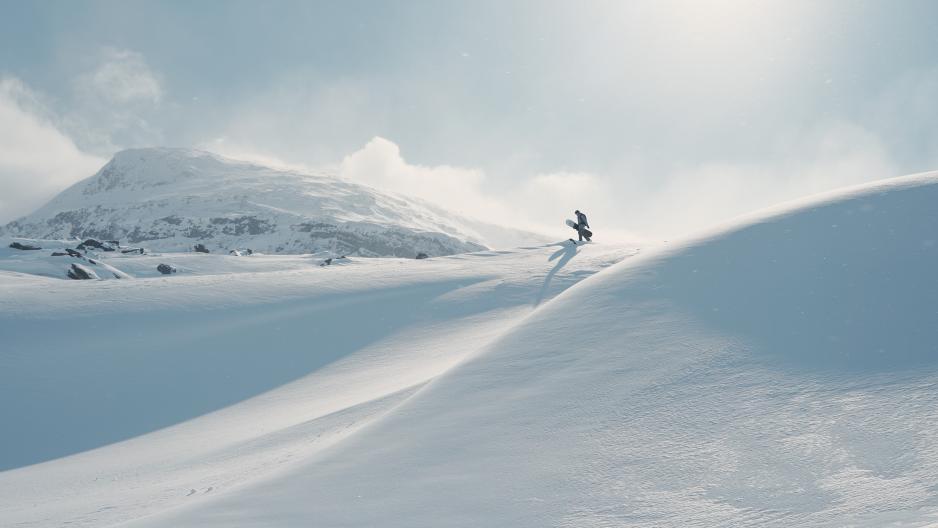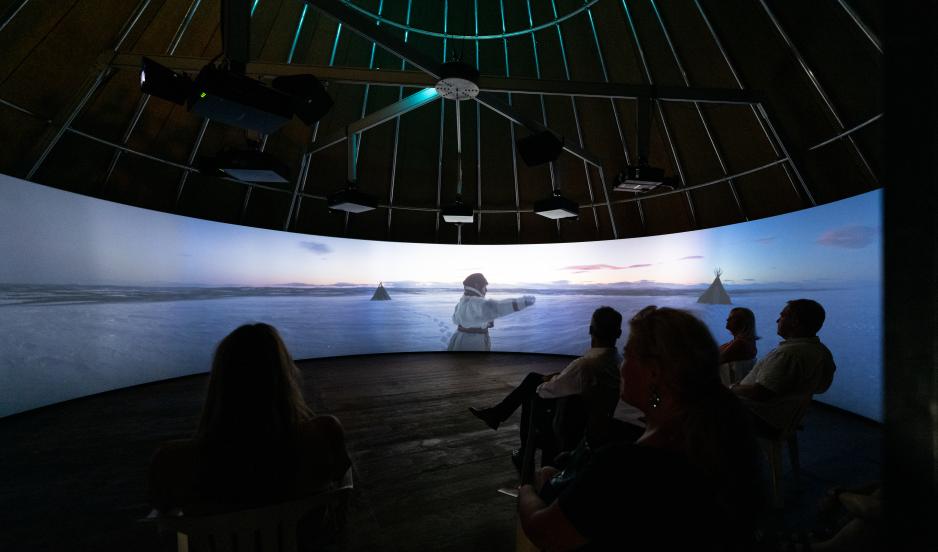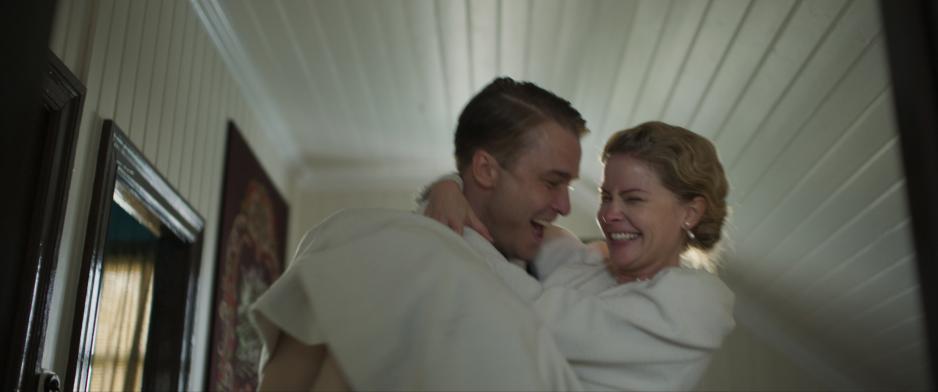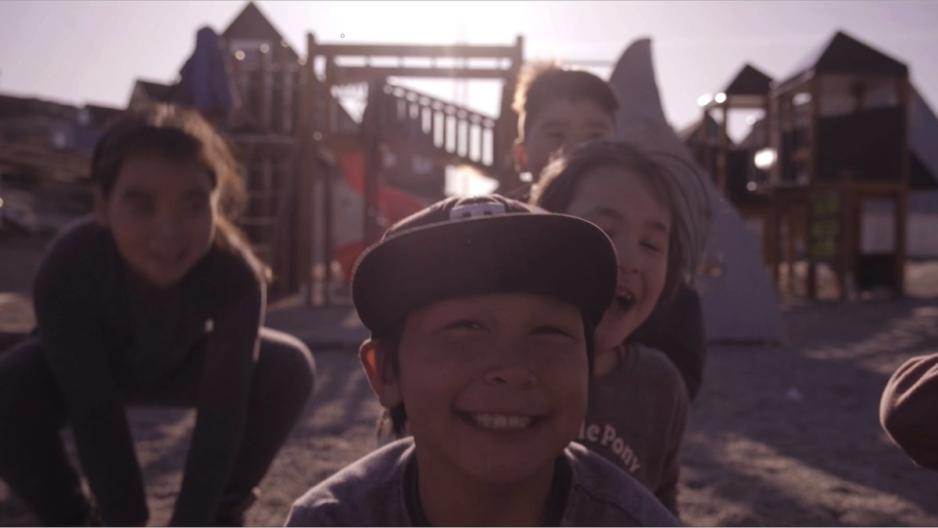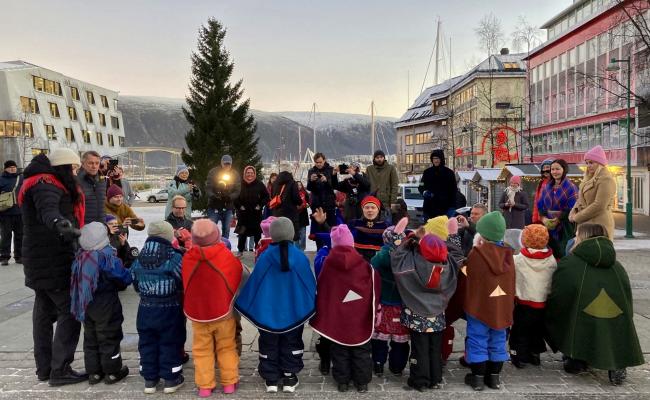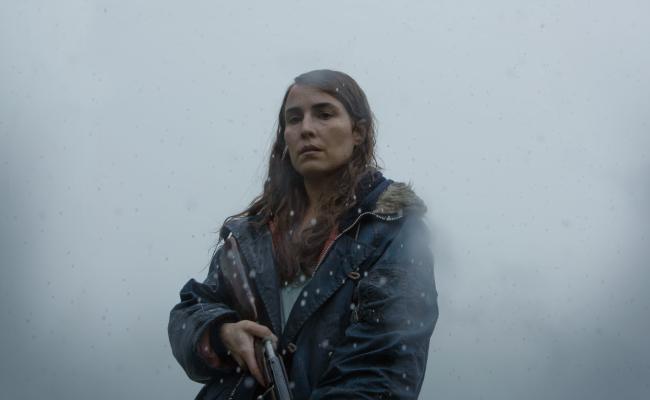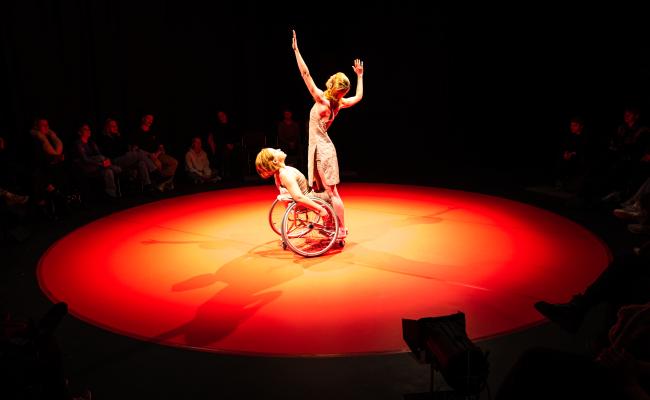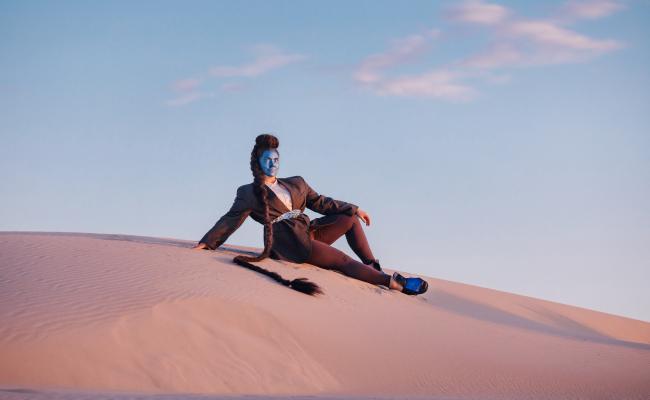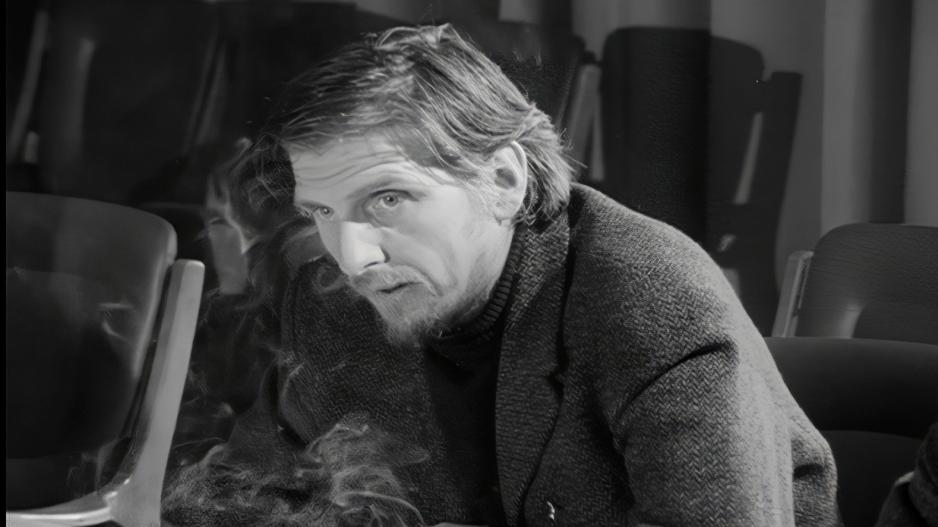
Photo gallery (press photos): The documentary The Costal Warrior follows the 90-year-old social scientist Ottar Brox who is constantly manning the barricades for Northern Norwegian coastal societies. In the book What is happening in Northern Norway? from 1966, he warned against a destructive modernization, especially of the fisheries. Brox went on to fight in the parliament for the strengthening of the coastal fishery – and for sustainable resource management along the coast with fish landings and settlement. He continues to convey the battle with his sharp pen. (Director: Hans Eirik Voktor) >
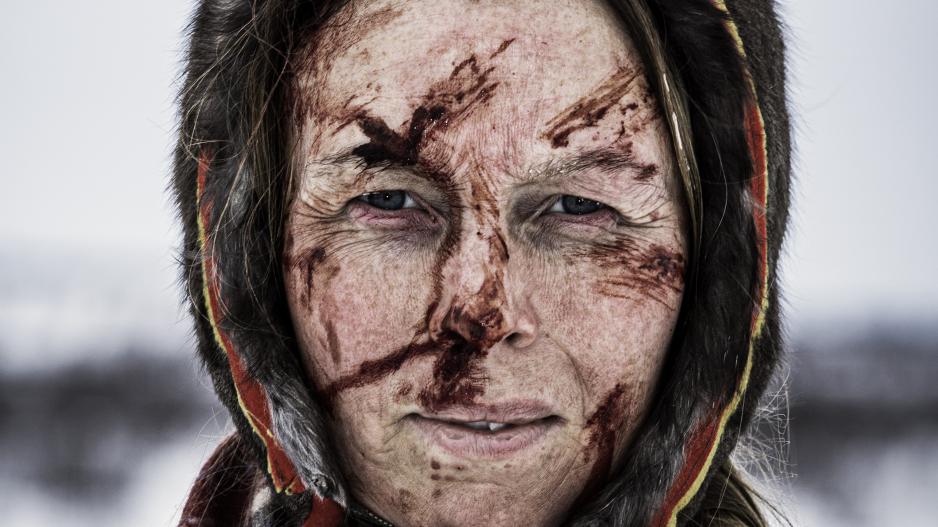
Unborn Biru depicts a pregnant widow in Sàpmi in the 1920s. Poor and ostracised from society, she steals silver from a dead body to provide for herself and the child she carries. However, the silver carries a curse with major ripple effects, also for the unborn. The film, directed by Elin Marakatt, is inspired by a true story, Sàmi traditions and mythology, as well as Japanese horror films. In January, Unborn Biry will also be shown at Sundance in the US, one of the world's largest film festivals. >
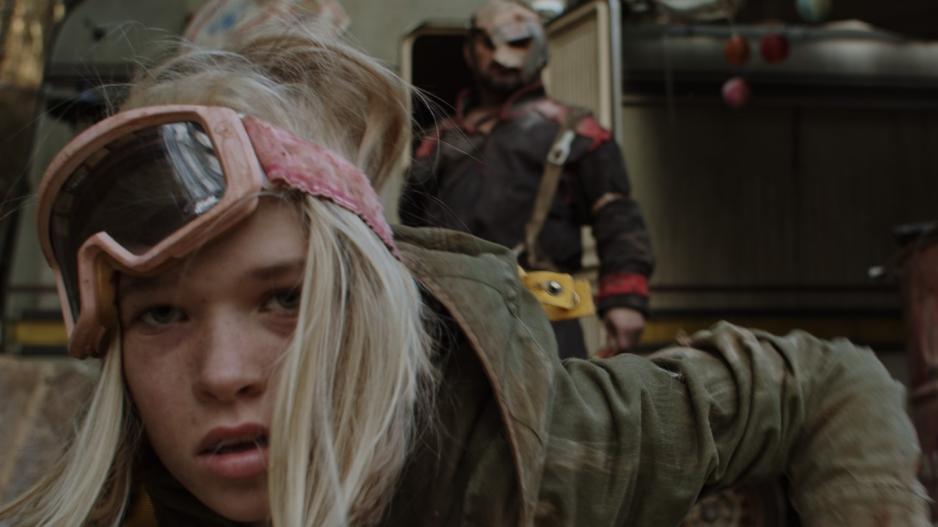
Sàmi legends of the battle between man and evil provide the backdrop for the film Smiley (Mojunjàlmmiid). The action takes place on the Finnmark plains in Northern Norway after the apocalypse where society is marked by vengeance, magic and murder. The movie follows Smiley (Silje Krohne) – who survives by finding and adapting objects from the old world – and her counterpart, the drug-addicted looter Stallo (Mikkel Gaup). Director: Jon Muotka Pedersen. >
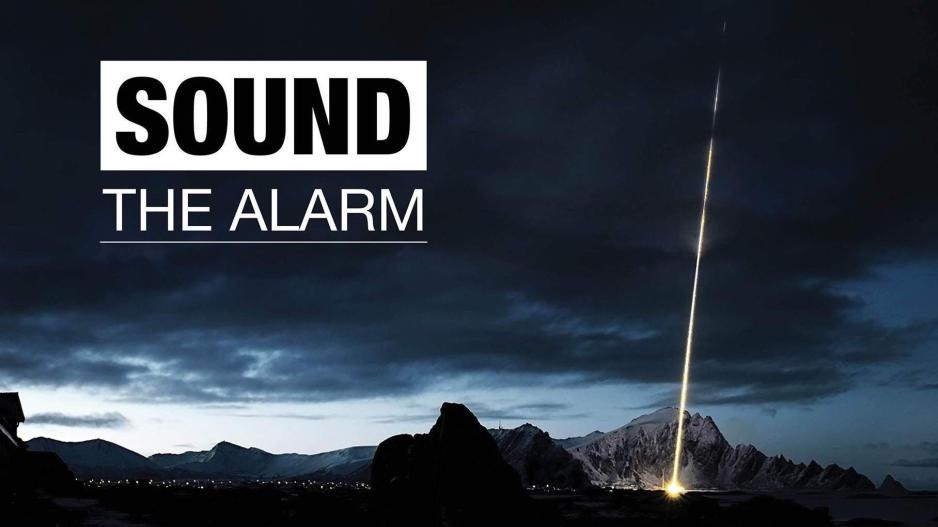
25th of January 1995: Norwegian and American scientists launch a research rocket from Andøya in Northern Norway to study the Northern Lights. In Russia, the rocket triggers a nuclear attack alarm. In only a few minutes, the country's president, Boris Jeltsin, and military forces has to react. The film Sound the Alarm is directed by the American John Trainor. To understand and map the danger of a hot nuclear war after the cold war, he has spent the last four years exploring this Norwegian rocket incident. (Screenshot from the film's website). >
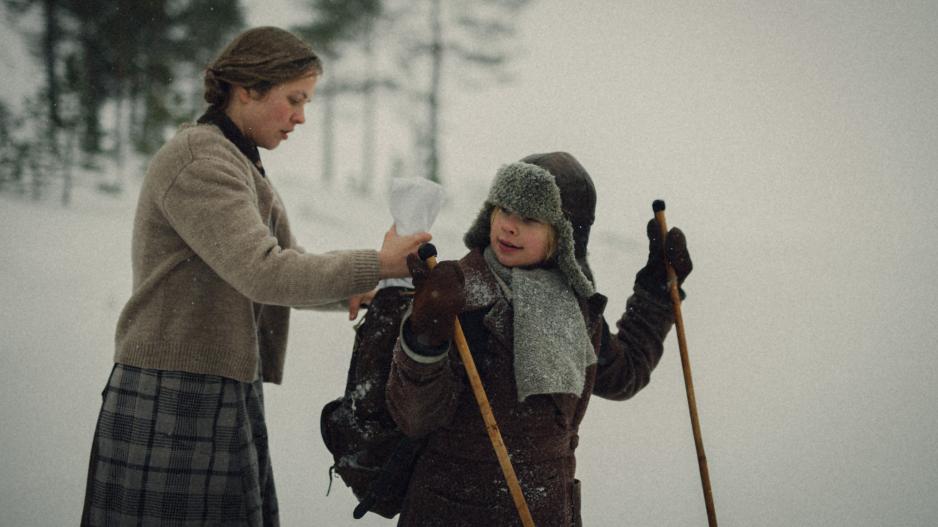
Survival in times of war is the framework for the Finnish film The Blanket (Lakana). Ten-year-old Marja is sent out for milk for her little brother – and the journey involves crossing a large ice-covered lake. However, she encounters something much more dangerous than thin ice. (Director: Teppo Airaksinen)
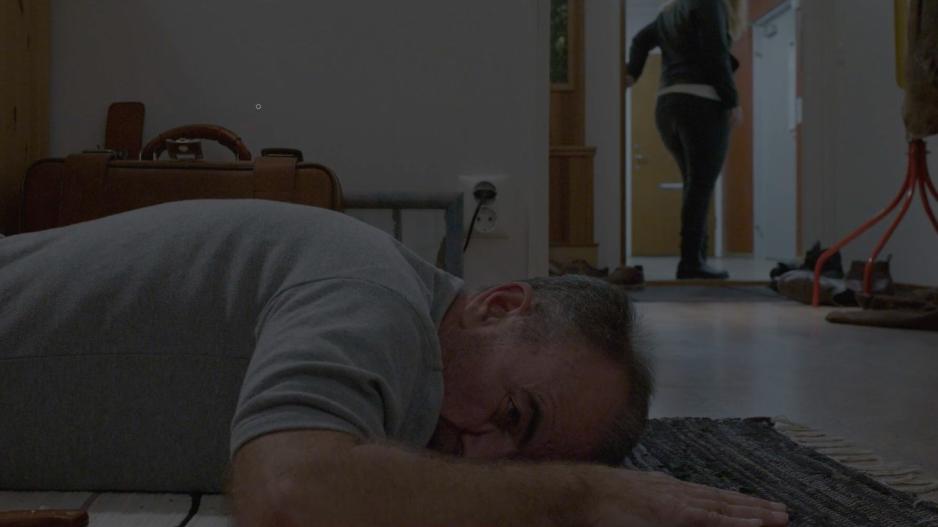
The Swedish tragicomedy Good Night, Eva depicts a unique dynamic between father and daughter. While Eva (30 years old) tries to fall asleep, wearing her new heart monitor, the phone rings. The father says he is about to take his own life. The daughter, however, does not react as he would like. Director: Luiz Felipe Sandre, one of the young directors participating in the side program. >
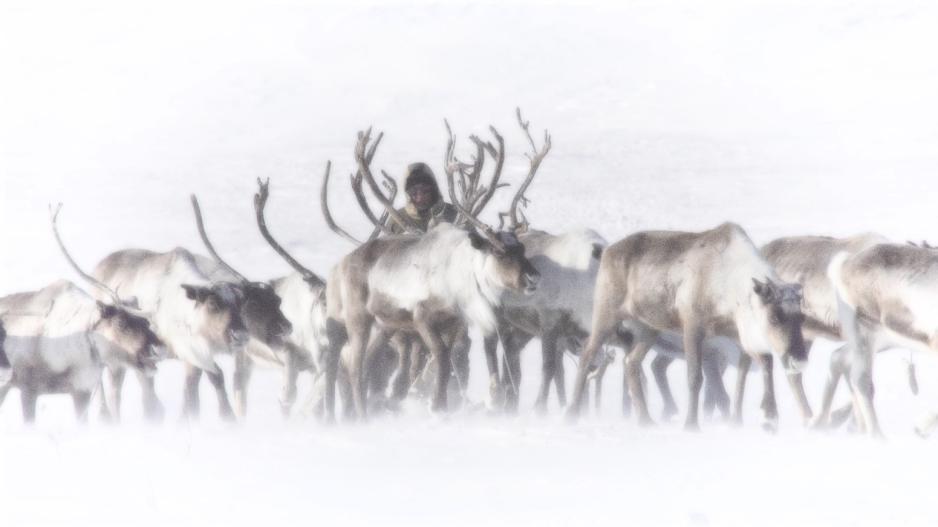
At the coast of the Laptev Sea, a part of the Polar Sea north of Eastern Siberia, there is not much but tundra and a small Evenkian indigenous village, Najba. The Land of the Whispering Stars (Belaya zemlya) provides insight into this world: What do the people of the village do? And where do they roam after their caribou? Najba is located in the Russian republic Sakha (Yakutia) – which is the world's largest regional-administrative unit. Director Ayaal Adamov has grown up in this part of the Arctic Russia. >

